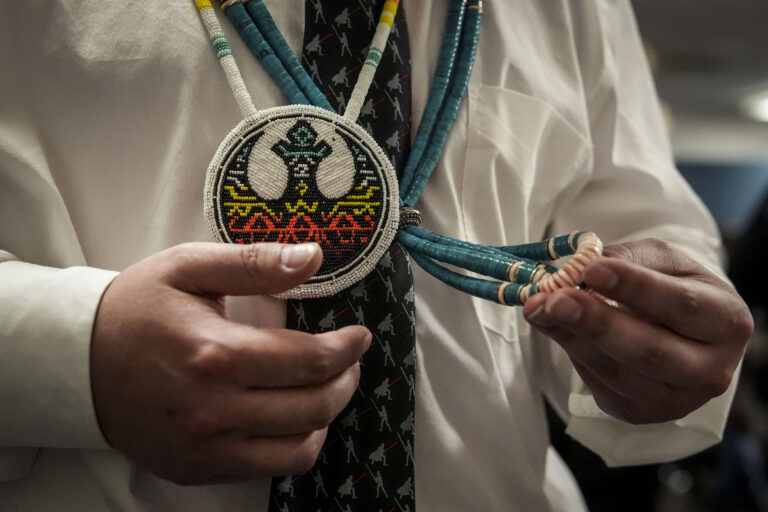AMERICAN FORK, Utah — Beneath the dusty green of the midsummer mountains, Shay Martin cradled her infant daughter — not quite two months old — and leaned in to kiss the smooth wood of her husband’s casket. A joyful constellation of Star Wars stickers — tiny stormtroopers, droids, Princess Leias — placed by family and friends covered the surface. Nearby, a harpist threaded together hymns with music from the film series’ beloved score.
Tanner Benjamin Martin was 30.
Five years ago, he was diagnosed with colon cancer — becoming one of a growing number of young adults nationwide caught in a quietly accelerating crisis reshaping what we know about the disease, its origins and how to confront it.
Tanner and Shay coped with the illness online, sharing emotionally raw updates with the world that spread fast and wide. They recorded the steady advance of his disease, their dreams for their child and the difficult reality of facing death. Each video often opened the same way: “Hey, it’s me, Tanner.”
More than 660 people filled the pews of the local church for his funeral. Another 31,000, many strangers, watched it on YouTube Live. A TikTok video, filmed weeks earlier, in which Tanner announced his own death, had reached nearly 15 million views.
“Life was awesome,” Tanner said into the camera. “I really enjoyed it while I was here. Hopefully I believe there’s something after this and hopefully we’re hanging out now. There’s just a lot of people in the afterlife that I’m excited to see them not in pain and just happy.”
For years, Shay and Tanner’s families choreographed their lives around his illness, their days defined by waiting and worry, as they worked to ensure Tanner packed a lifetime of experiences in a few brief, urgent years.
Without him, they had to learn how to live lives no longer defined by his.
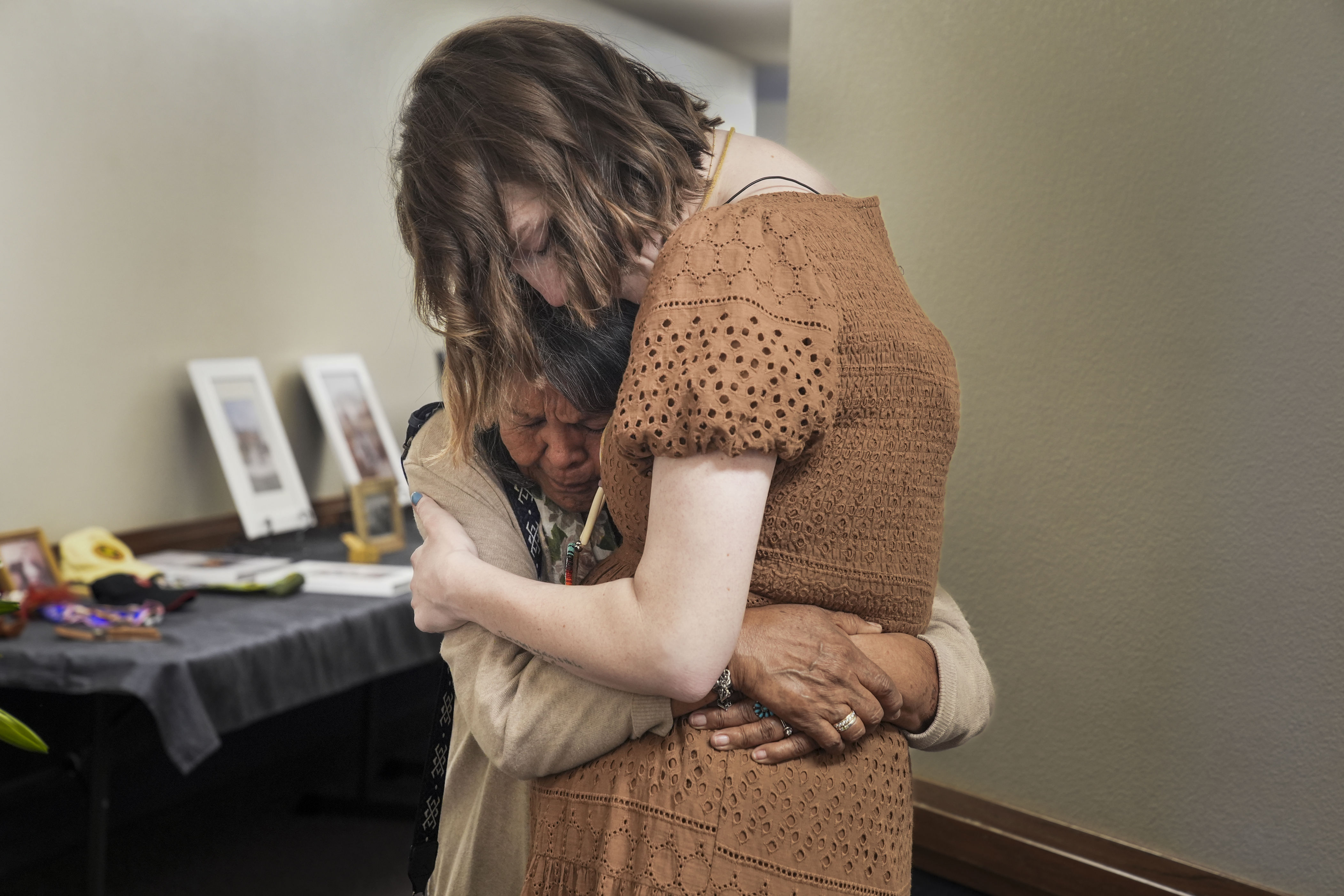
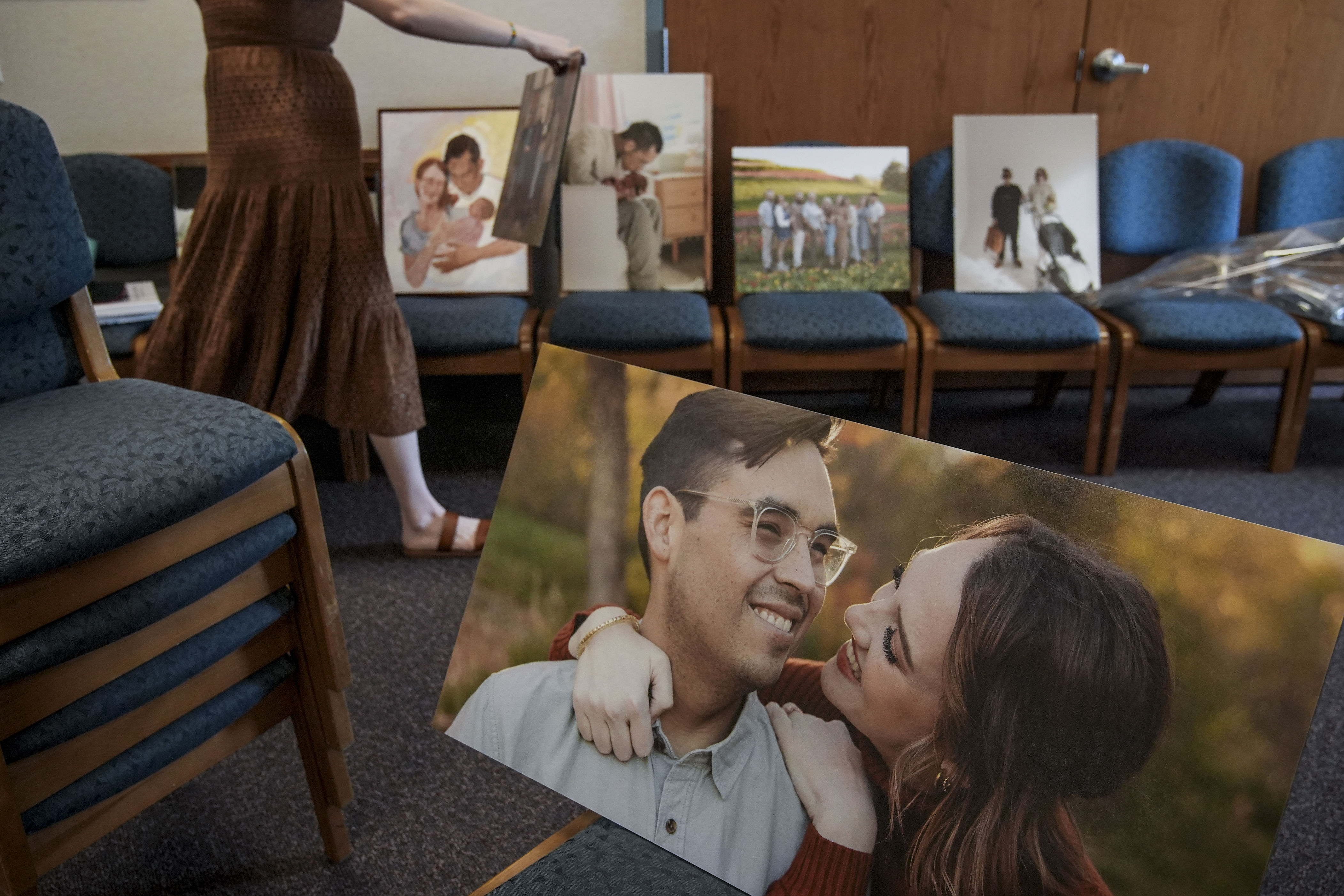
Growing up, Tanner had been healthy and active. He struggled with his weight as a young adult but he and Shay worked hard to stay in shape, cooking at home and going to the gym several times a week.
So when Tanner began having stomach pain and bowel issues, a series of doctors did not suspect anything serious.
Six months later the diagnosis came and the cancer had already spread to his liver. Stage 4 — it was terminal.
Among young adults, delayed diagnoses are common, according to a Washington Post analysis. People under 50 are more likely to be diagnosed with certain cancers — especially colorectal — at later stages than their older counterparts. For men under 50, only 32 percent of colon cancer cases are caught early, compared with 37 percent in men over 50. And in cases like Tanner’s, young men are slightly more likely to learn they have the disease only after it has already spread.
A review published this month in the journal JAMA found that gastrointestinal cancers — including colon cancer, stomach cancer, throat cancer and pancreatic cancer — are among the largest subset of early-onset cancers globally and that the prognosis for young people is similar or worse than for older people who get the same type of cancers.
Despite the grim diagnosis, Tanner and Shay still forged on to live their lives and have a family, sharing their journey with the Washington Post. But by the time his daughter, AmyLou, was born on May 15, Tanner was on a last-resort medicine, with cancer invading at least four parts of his body: his lungs, lymph nodes, liver and colon.
He had held on for the moment he would meet AmyLou, and her arrival gave him a surge of hope.

He read her “If You Give a Moose a Muffin.” He held her while she was tethered to a soft harness that Shay had set up in case fatigue from treatments caused him to drift off mid-cuddle.
Tanner was mostly confined to bed or his favorite spots on their two couches but managed a few outings. During joyrides on his mobility scooter, he sometimes raced in circles, once darting toward a basketball hoop, pretending to go in for a layup. And the new family visited Tanner’s cemetery plot, purchased in advance while Shay was pregnant as the couple embraced end-of-life planning.
Sitting on the warm grass by the memorial bench just three weeks after the baby arrived, Shay felt the weight of a quiet thought: next time, it might be only her and AmyLou.
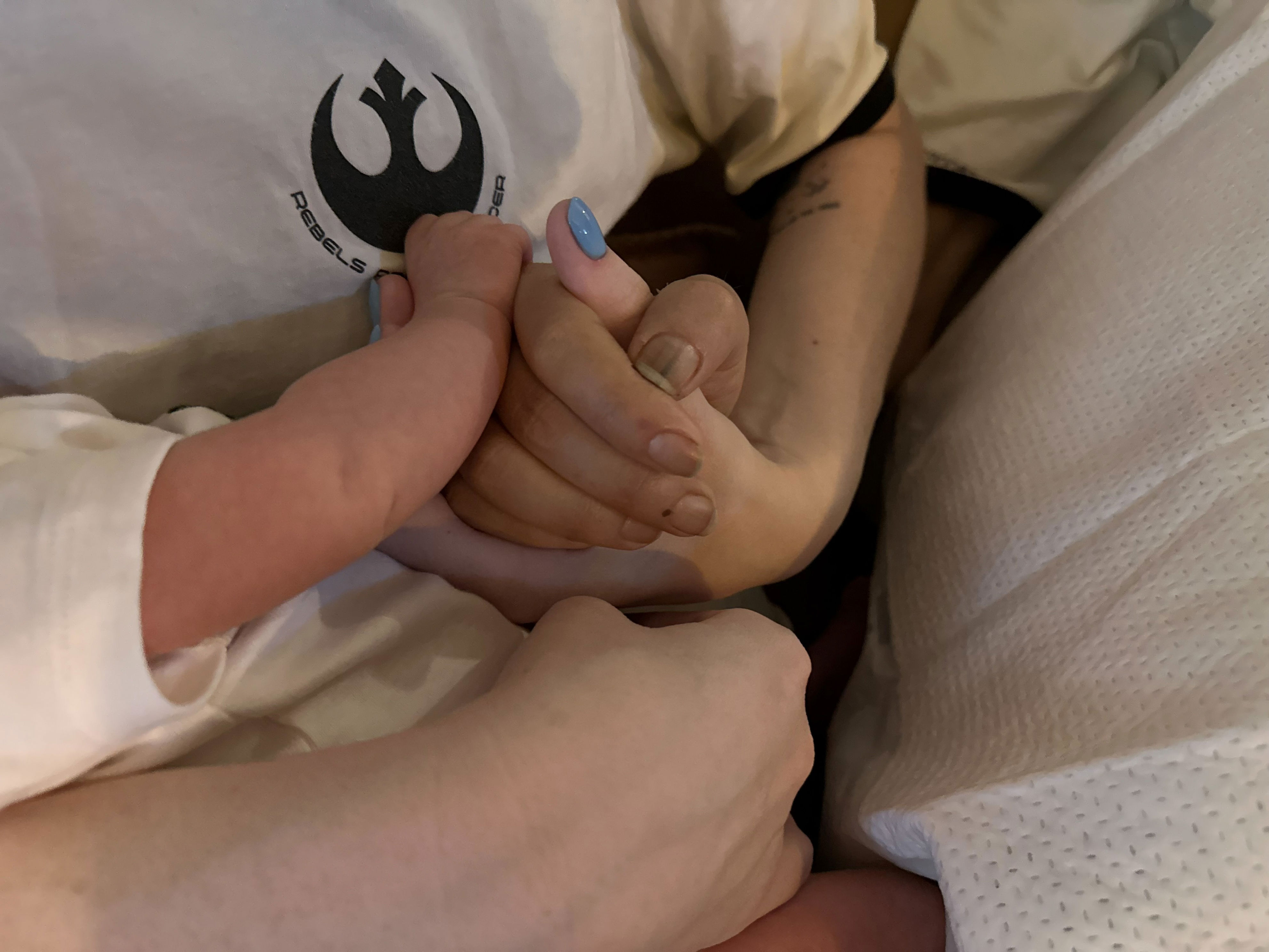
The last crusade
By June, Tanner was fragile and fading. For months, his family had been urging him to consider hospice care and finally, on the evening of Father’s Day — June 15 — he agreed. You’ll be more comfortable, they told him. It will be peaceful.
It wasn’t.
Alongside medications to ease his nausea and anxiety, doctors turned to their most powerful drugs to try to quiet his body’s distress — fentanyl, ketamine, aldol, morphine, dilaudid — in various combinations.
Nothing helped. Tanner’s pain grew sharper each day, and he was throwing up constantly. Every few hours, the cycle repeated: strip the sheets, strip his clothes, clean him up, wait for it to happen again.
When he communicated, it was in fragments — single words, half-formed thoughts. But those moments were gifts. One afternoon, two of his closest friends came to sit with him. They spent hours cleaning, holding him, trying to keep him comfortable. When they asked how he was doing, he gave them a double thumbs-up.
By June 24, Tanner’s parents Tom Martin and Kim Watts were so shaken that they texted their extended family of hundreds, asking for prayers for Tanner’s swift and peaceful passing.
The next day, as always, his parents and brother Spencer, 24, returned to the house and asked Tanner how he wanted to spend the day. His answer was certain: watch the entire original Indiana Jones trilogy.
Shay remembered leaning in to kiss him goodnight. “I love you,” she whispered, as she always did. “I love you too,” he replied, soft but steady.
Then, just before dawn, Tanner woke suddenly, cursing villains in a fight sequence during “The Last Crusade.” Tom and Spencer laughed loudly. But soon Tom noticed Tanner’s breathing had changed. He called for Shay and the rest of the family — quiet now, gathered close.
Shay carefully laid AmyLou next to Tanner on the bed and caught her breath as the baby suddenly flailed her left arm toward her father, her tiny hand resting squarely on his.
They had 41 days.
Within a few minutes, at 5:07 a.m. on June 25, he was gone.
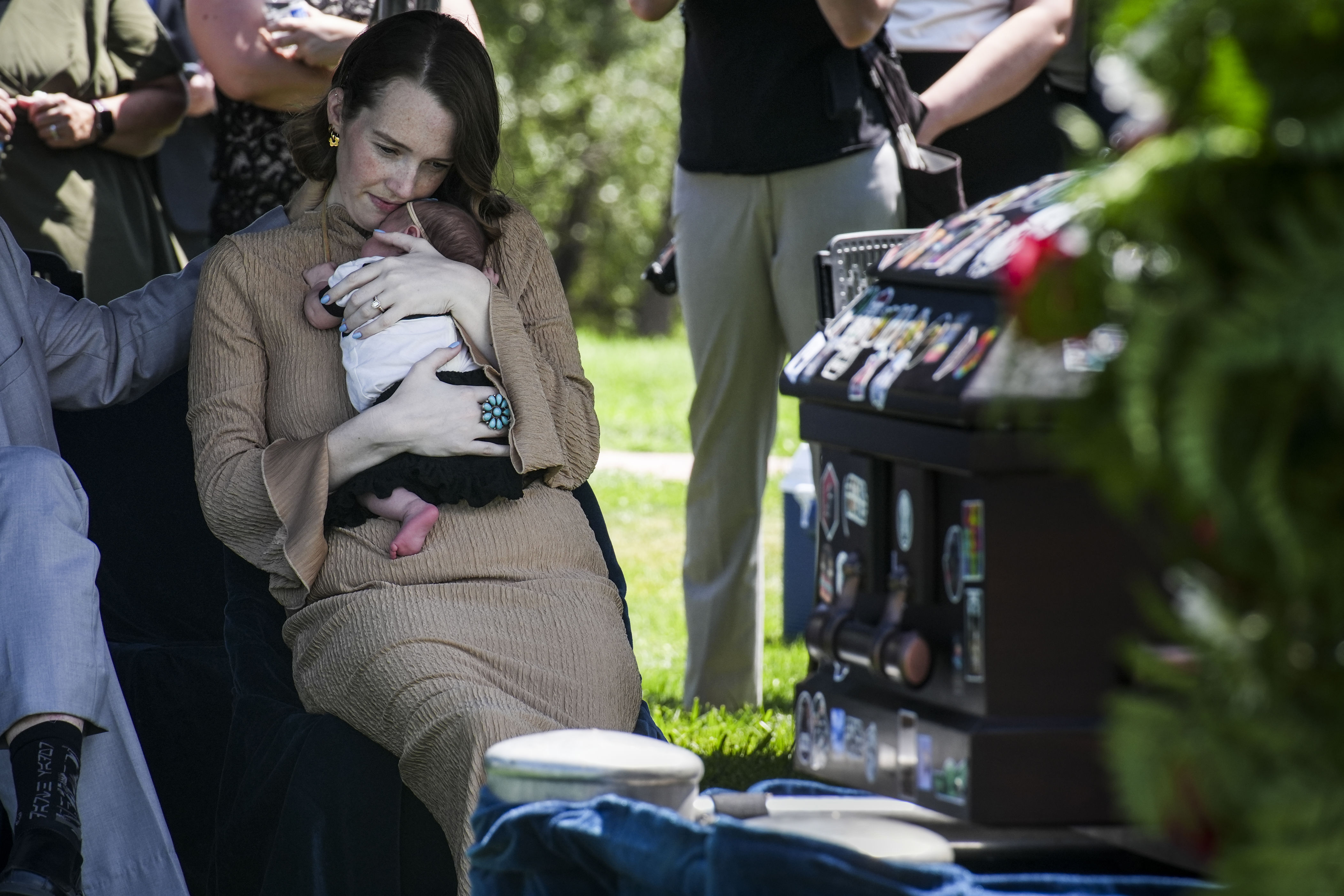
Facing the future
The day he lost his eldest son, Tom looked skyward. He remembers thinking it was stunning — clear, almost radiant — and felt an overwhelming sense of peace. Kim felt only devastation and emptiness. Sleep became impossible. “I want his memory to be fresh,” she said. Still, both clung to their faith: their son was in a better place, and one day, they would see him again.
Spencer grieved differently. He leaned more toward science than faith, and the loss left him tangled in questions. The why. The injustice. The quiet fury of a life ending too soon.
As the days slipped by, their conversations began to turn toward the future.
Spencer, who had taken the past five years off to be with his brother, mentioned nursing. After caring for his brother, the idea felt natural.
Tom and Kim had gone years without travel, camping trips, skiing weekends or even a simple date night. They were always afraid to miss a moment with Tanner. Now, they promised they would reconnect. They talked about booking a weekend in Idaho Falls, Idaho, a place they’d never been, just three hours away — close enough to ease into it, far enough to feel like a beginning.
The house where Tanner and Shay lived with her parents had never stood a chance at being quiet with Tanner around.
For Shay’s father, Steve Wright, Tanner wasn’t just a son-in-law — he was one of his closest friends. Steve and his wife Amy met Tanner when he was just 18, the age when, in the Church of Jesus Christ of Latter-day Saints, young men are treated like adults. Steve and Tanner clicked right away. It was Steve who laughed the loudest when Tanner mooned the Ring camera, ambushed the family with water guns or delivered endless poop jokes.
“Such a dork,” Steve would say.
After Tanner died, the tears came randomly: in the shower, while mowing the lawn, on the walk from church.
Even their dog Luke, who Tanner and Shay had raised as a puppy, seemed to feel it. When Tanner was absent for more than a day in the past, he would repeatedly press the “Daddy” button on a device that lets pets communicate by pressing a recorded word. He had not touched it since Tanner died.
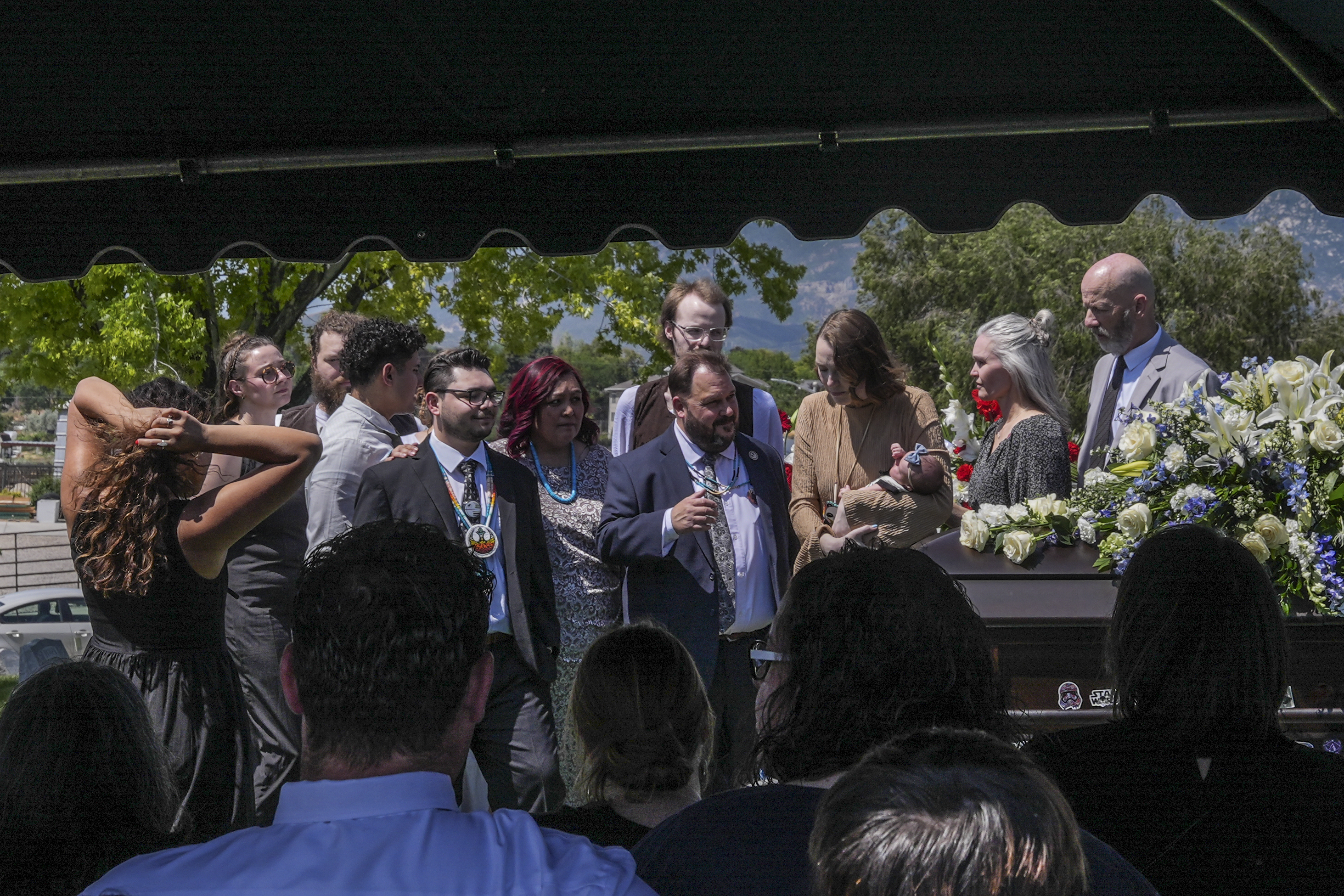
Rebels against cancer
Tanner’s funeral unfolded just as he had envisioned.
His father shared stories from Tanner’s childhood — like the time Tanner became convinced he had “the Force.” He refused to clean his room or take a nap, only to have his “powers” taken away for abuse of Jedi privilege. One of many friends at the service described Tanner guiding him through panic attacks and sleepless nights, never making a show of it.
At the viewing, Tanner wore traditional temple clothing, Navajo moccasins in honor of his heritage and a beaded Darth Vader necklace that rested on his chest. Shay wore matching jewelry, hers adorned with a baby Yoda cradled by a panda — an animal Tanner had admired for its gentleness.
His daughter wore a tiny black skirt paired with one of Tanner’s old T-shirts repurposed into a onesie that read “Rebels Against Cancer,” the name of a foundation Tanner had begun to build.
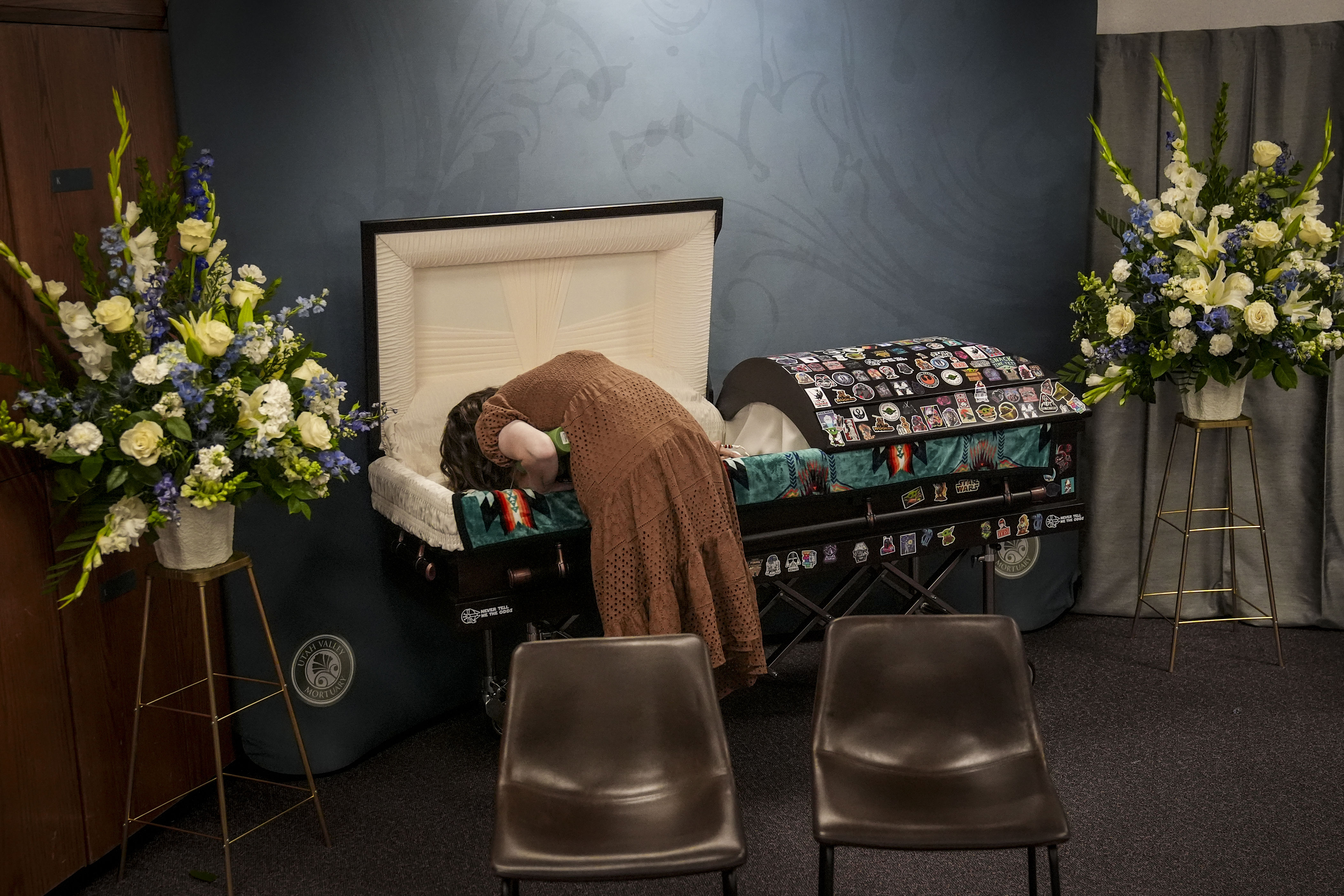
In the months leading up to his death, Tanner and Shay had prepared for it with an almost sacred precision. They threw a living funeral to debut a documentary about his life. They chose his headstone together. The details gave Shay a map through the chaos.
The night of the funeral, after three days of memorial events, Shay’s mother asked quietly, “So where do we go from here?”
Then it hit Shay. At 29 years old, she was a widow.
Her siblings and their spouses gathered at her family’s home to comfort her, but after thanking them she slipped down to the basement apartment she had shared with Tanner, turned off the lights and lay down. Lately, she couldn’t stay awake for more than a few hours at a time. At night, her mother would lie beside her and read aloud, the way she had when Shay was a child — one of the few things that brought peace.
About 24 hours after her husband was buried, Shay had not left the house. She remained curled into the couch in her parents’ living room wrapped in Tanner’s black Star Wars “Planet Hoth” sweatshirt she had sprayed with his favorite cologne — “Ocean” from Bath & Body Works — and black jeans. AmyLou nestled quietly against her chest.
The question from Shay’s mother still lingered.
“He leaves a big hole in the world. It’s very rude,” Shay said, joking the way she would with Tanner.
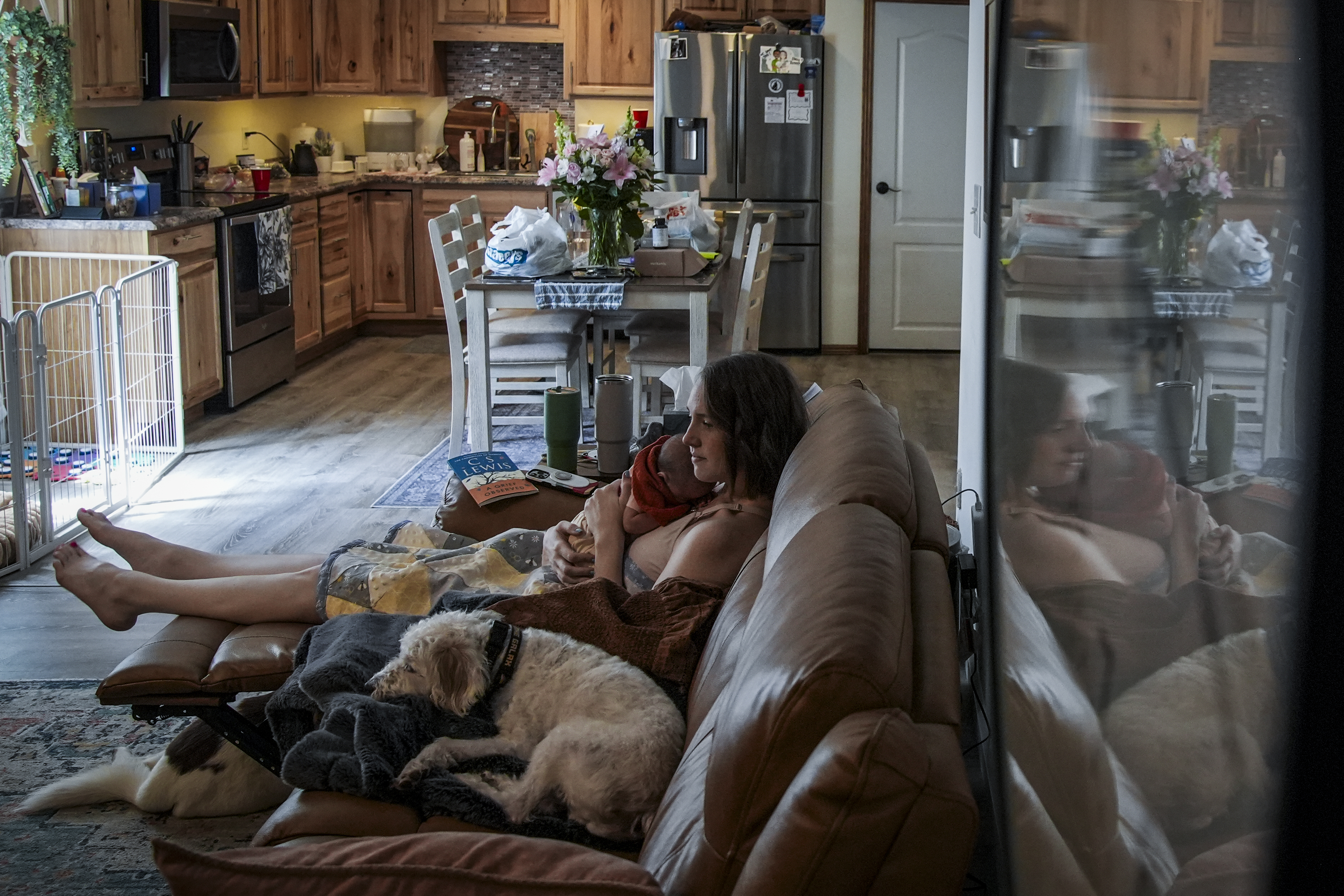
Shay had always been a planner and having AmyLou gave her structure — feedings, naps, the small rhythms of new motherhood — but beyond that there was now an unfamiliar uncertainty about what came next.
Slowly, a list emerged. Keep the foundation she and Tanner had created going, to serve young cancer patients like him. Visit the Mesa temple in Arizona, where Tanner had said he wanted to take AmyLou before he died. Hold Christmas in July.
She also remembered an idea she’d once toyed with: a social media series called “Letters to Heaven.” She imagined starting each one by echoing the greeting for TikTok videos they filmed to document their young cancer journey: “Hey, it’s me, Tanner.”
Hers would begin, “Hey Tanner. It’s me, Shay.”
It would become both a signature and, eventually, a goodbye.

